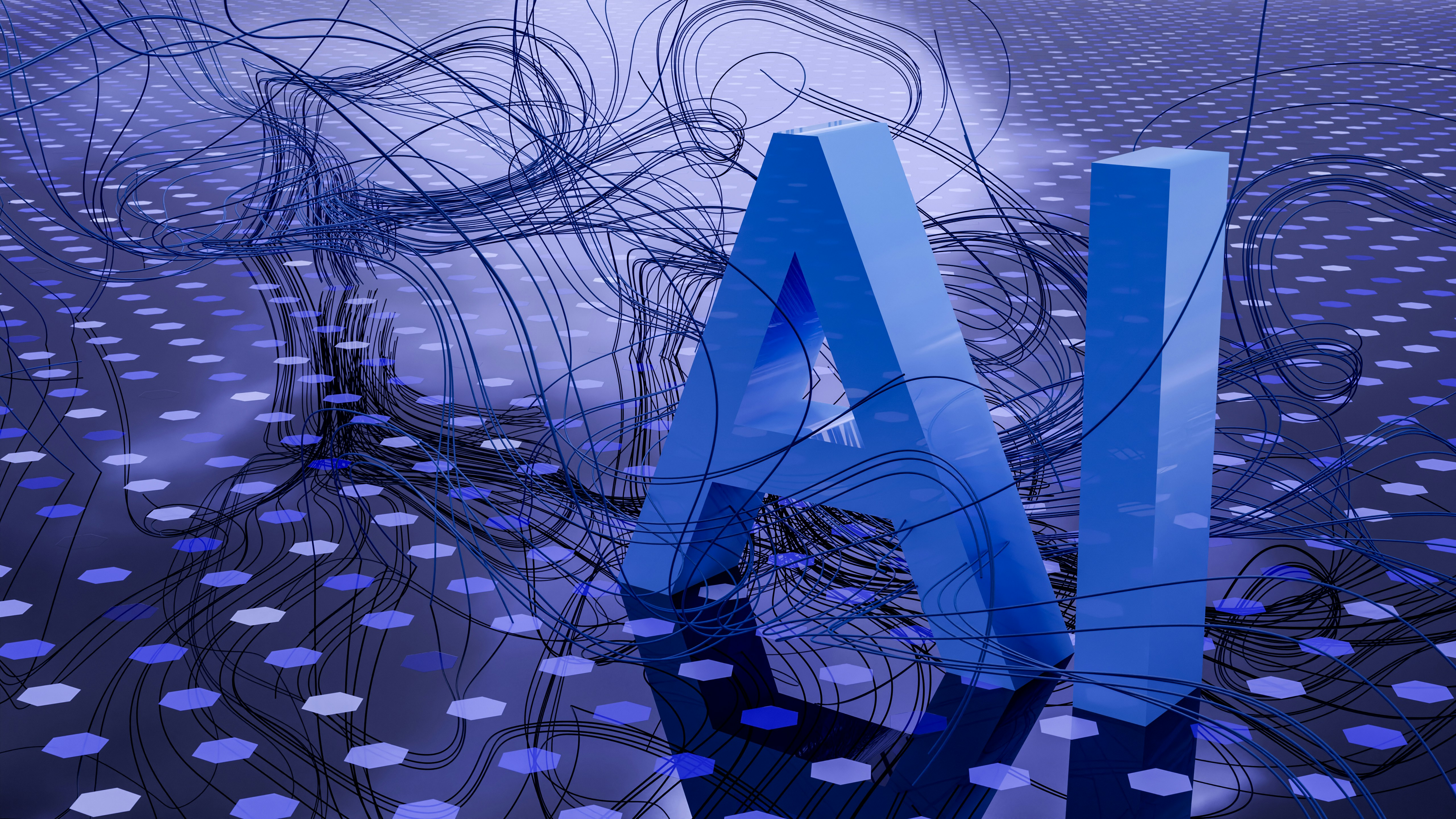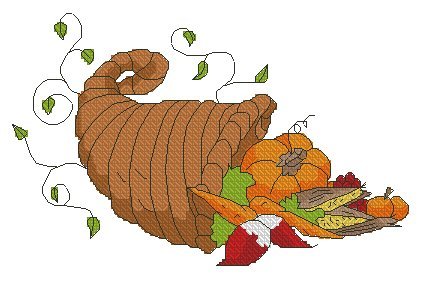Introduction to AI Image Generation
Over the past few years, the field of AI image generation has experienced remarkable advancements, transforming the way we create and perceive visual content. This evolution is underpinned by sophisticated algorithms and machine learning frameworks that allow computers to generate original images from textual descriptions or even enhance pre-existing photographs. By harnessing these innovative technologies, individuals and businesses are reimagining creativity in areas such as art, marketing, and gaming.
In the realm of marketing, AI image generators are becoming indispensable tools. They enable marketers to produce high-quality visuals tailored to specific campaigns quickly and efficiently, significantly reducing the time and costs associated with traditional graphic design. This has led to an increase in the demand for tools that boast a high CPM (cost per mille) return on investment, making such technologies particularly attractive to businesses looking to optimize their advertising strategies. As marketers adapt to this high CPM landscape, understanding the capabilities of AI image tools becomes essential for gaining a competitive edge.
The gaming industry is also witnessing a revolution driven by AI image generation. Game developers utilize these tools to create hyper-realistic landscapes and characters at unprecedented speeds, thereby enriching the user experience and broadening the scope of what can be imagined in gameplay. The creative potential of AI technologies is facilitating the development of immersive environments that captivate players and enrich storytelling, all of which feeds into the ongoing growth of the tech SaaS blog sector.
As we delve deeper into the applications of AI image generation, it becomes clear that these tools are not merely a technological novelty; they represent a fundamental shift in how creativity and content production will unfold in the future. This growing significance necessitates a closer examination of the top tools of 2025 that are set to redefine the visual landscape.
Criteria for Evaluating AI Image Generation Tools
As the landscape of AI image generation continues to evolve, it becomes essential to establish clear criteria for evaluating the best tools available in 2025. A systematic approach to assessment can help users select the most suitable AI image generation tool for their needs, particularly for those engaged in high CPM affiliate marketing or content creation on tech SaaS blogs. The following factors provide a comprehensive framework for evaluation.
First and foremost, ease of use is critical. A user-friendly interface allows both seasoned professionals and newcomers to navigate complex tools without a steep learning curve. This accessibility is vital in empowering users to create stunning visuals efficiently, ensuring that anyone can leverage the technology, regardless of their technical proficiency.
The quality of output is another indispensable criterion. The effectiveness of an AI image generation tool hinges on its ability to produce high-resolution images that meet professional standards. Tools must generate images that are not only visually appealing but also resonate with the intended audience, which is especially important in contexts such as marketing or brand development.
Customization options significantly enhance the versatility of an AI image generator. Users should have the ability to adjust parameters like style, color palette, and subject matter to align with their creative goals and brand identity. Such flexibility ensures that the generated visuals can be tailored to specific contexts, making them suitable for diverse applications.
Speed is essential, particularly for users operating in fast-paced environments. Efficient processing times can facilitate quick iterations and enhance productivity, allowing marketers or content creators to stay ahead in competitive sectors. Integration capabilities are also paramount. The best tools should seamlessly connect with existing workflows, enabling users to incorporate generated images into their platforms with minimal disruption.
Ultimately, accessibility should not be overlooked. An ideal AI image generation tool must be available across various devices and platforms, ensuring that users can work whenever and wherever they choose. By adhering to these criteria, individuals in high CPM affiliate marketing and those engaged in tech SaaS blogs can make informed decisions about the AI image generation tools that best meet their creative and professional aspirations.
Top 10 AI Image Generation Tools of 2025
The rapid evolution of artificial intelligence has significantly affected various sectors, including design and marketing. With that, a number of AI image generation tools are set to make waves in 2025. These tools streamline the process of creating visually appealing content, making them highly valuable in environments like affiliate marketing and tech SaaS blogs. Below, we will explore ten of the most promising AI image generation tools anticipated for the coming year.
The first tool to mention is DALL-E 3, an advanced image generator that combines textual prompts with impressive visual creativity. Its versatility in generating images based on detailed descriptions makes it an asset for marketing campaigns aimed at captivating audience attention. Another strong contender is Midjourney, which excels in stylized image creation. It’s invaluable for content creators looking to establish a consistent brand aesthetic across their platforms.
Next is Artbreeder, a unique tool that allows users to blend images together to create new art. This feature is particularly beneficial for artists and designers who seek to push the boundaries of conventional art forms. On the other hand, Runway ML leverages machine learning to offer tools that cater to professionals in both film and marketing sectors. Its focus on collaboration and ease of use makes it attractive for team projects.
Moreover, DeepAI provides a robust platform for generating high-resolution visuals, aligning well with affiliate marketers concerned about quality. Then there is NVIDIA Canvas, which utilizes generative adversarial networks to turn sketches into realistic images. This tool is particularly advantageous for those in tech SaaS for developing engaging visuals with minimal effort.
In conclusion, these top 10 AI image generation tools for 2025 present strong capabilities for a variety of users, from marketers to artists. By understanding their unique offerings, individuals can leverage these technologies to enhance their projects and create stunning visuals.
Future Trends in AI Image Generation
The realm of AI image generation is on the brink of transformative advancements that promise to redefine how visuals are created and utilized in various industries, extending well beyond 2025. One of the most anticipated trends includes the enhancement of neural networks, particularly through the integration of more sophisticated algorithms that can analyze and replicate complex artistic styles with unparalleled accuracy. This evolution will likely lead to the development of even more adept AI tools capable of generating high-quality images that resonate deeply with specific audiences.
Ethical considerations will also become increasingly paramount in the discourse surrounding AI-generated content. As the boundaries between human creativity and machine-generated art continue to blur, there will be heightened awareness and dialogue regarding copyright issues, ownership, and the implications of AI on the artistic community. These discussions are crucial as they establish guidelines that will ensure the responsible use of technology in artistic endeavors, allowing creators to benefit from developments in AI image generation without jeopardizing intellectual property rights.
Moreover, the advent of augmented reality (AR) and virtual reality (VR) will significantly influence image generation. Users can expect interactive visual experiences, wherein AI-generated images populate their virtual environments, enriching user engagement and immersion. These tools will not only augment the way content is presented but also allow creators to tailor experiences in real-time, based on individual preferences or contextual information.
Lastly, the increasing importance of personalization in content creation is poised to drive innovation in AI image generation. As consumers seek more customized visual representations, AI technologies will evolve to provide bespoke imagery that caters to individual tastes and needs. This trend will be critical for marketers and content creators aiming to resonate with their target audiences, positioning AI image generation as an invaluable asset in the era of high CPM affiliate marketing, particularly within tech SaaS blogs and beyond.



